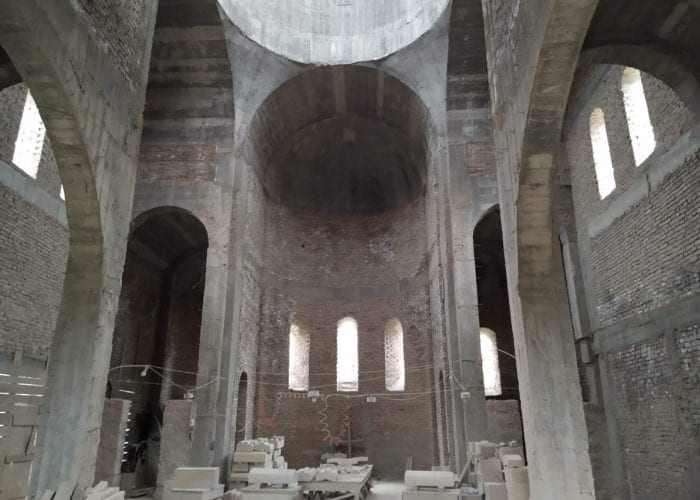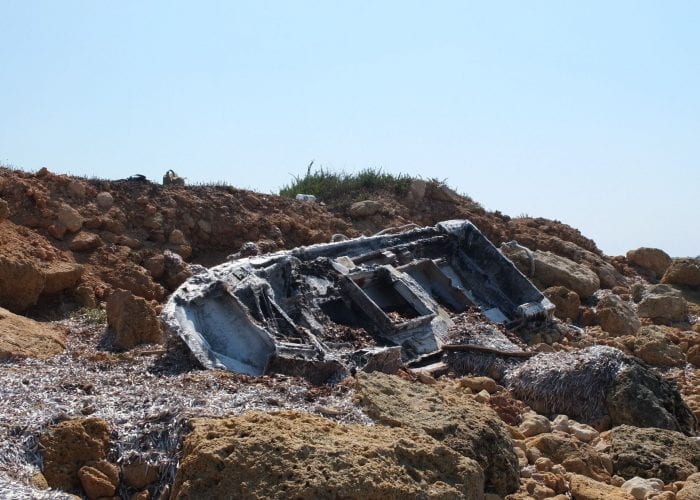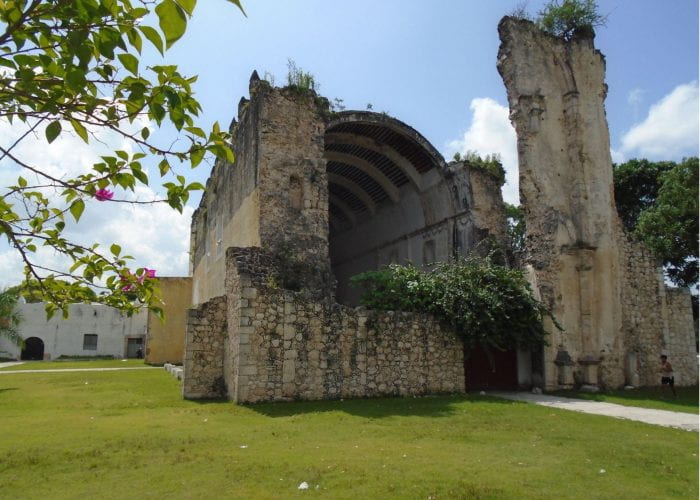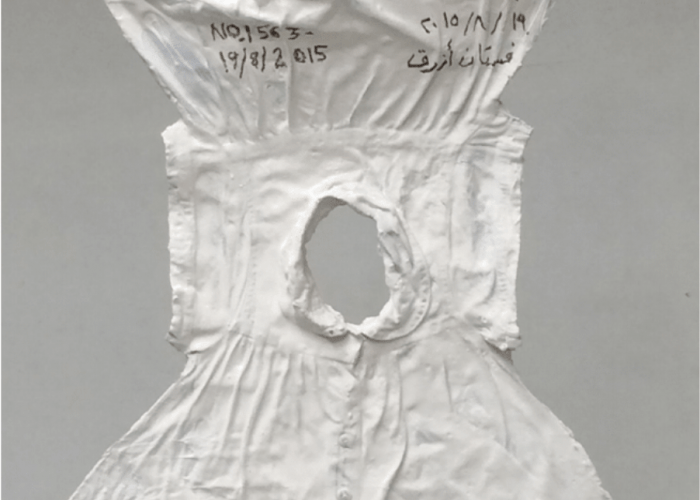How does materiality help us understand journeys of forced migration?
Every day, people migrate to escape war, persecution, natural disaster, economic deprivation, and many other social and political processes that force people away from their homes. These journeys accumulate objects in go bags and backpacks, or dropped in desert sands and washed up along shores that mark the bridges and barriers to passage. Sponsored by the Penn Cultural Heritage Center and Perry World House, this project archives the objects brought along, vessels that carry people, buildings that provide shelter, landscapes that make up migrant journeys, and the stories of the people who were forced to embark upon these journeys.
According to the UNHCR, 79.5 million people were forcibly displaced worldwide in 2019. These people have been coerced or involuntarily displaced due to war, famine, persecution, natural disasters, and economic deprivation, among myriad other factors. After being uprooted from their homelands, many forcibly-displaced people are deprived of rights in their new homes that relate to freedom, food, education, healthcare, freedom of movement, and much, much more.
GOALS
This project foregrounds the lived experience of forced migration and the objects, vessels, landscapes that texture those stories. Despite the centrality of these things to people’s migration experiences, museums and other cultural institutions have not dedicated as much time to drawing awareness to the issues migrants have and continue to face as their collections would permit. We recognize that public display is never neutral, and museums need to address structural inequalities, both inside and outside their walls. Museums must become institutions that listen to those commonly left out of these spaces, facilitating generative dialogue rather than act as institutions of control. By assembling these stories, we hope to convey the impact of forced migration across time, to help change the public narrative on such movement, and to contribute to transforming the roles museums play in presenting and discussing these stories.
Our goals include:
-
- Raising awareness about forced and undocumented migration worldwide.
- Considering best practices for museums and cultural institutions that aim to reflect on the global inequalities and social injustice surrounding migration.
- Creating frameworks for the intersection of public policy with humanistic and archaeologically based research about migration.











